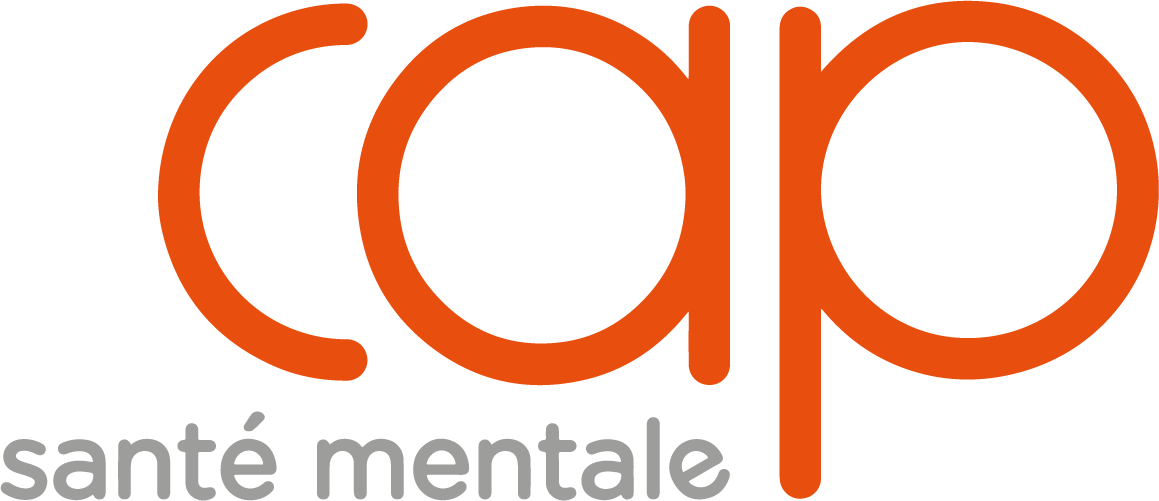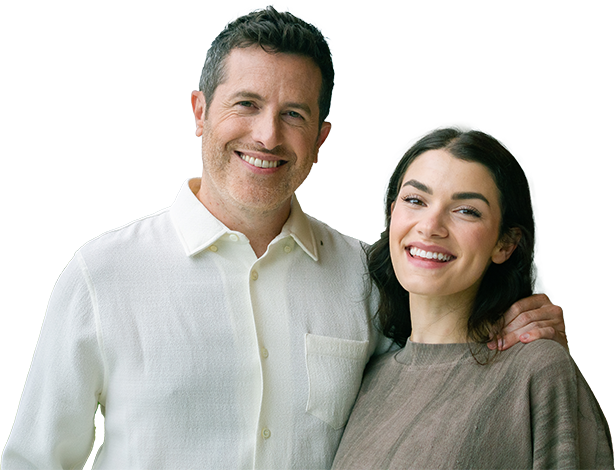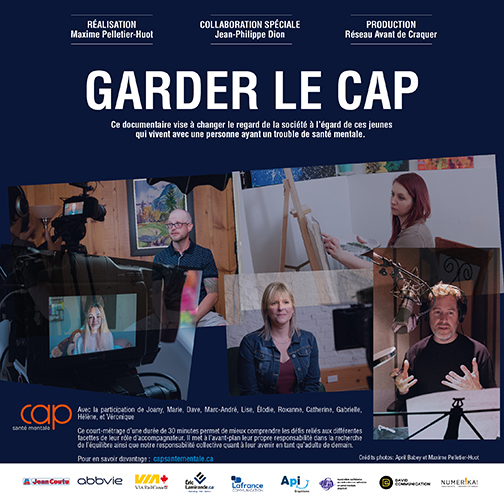Hope and recovery, Christiane Germain’s story
Presentation by Christiane Germain at UNAFAM’s conference on HOPE AND RECOVERY
Hello everybody. Thank you for inviting me to your conference and for inviting a member of the Quebec entourage. While we may be oceans apart, hope has brought us together.
The theme of hope as it relates to recovery is inspiring. In my opinion, these two concepts are inseparable.
This is why I chose to start by sharing a bit about my life.
A glimpse of my life
In 2001, when my son Marc-André, who had just turned 18, was diagnosed with paranoid schizophrenia, I admit that I went through a period of despair. I felt like fate was catching up with our family. My brother was diagnosed with the same condition in 1982, and one of my maternal uncles spent his life, from age 16 until his death at 73, in a psychiatric hospital. Despite the changes in mindset over time and the evolution of care and services, the shock was still hard to absorb. I spent many years fearing and hoping.
But not for me! That seemed too selfish. I spent my time hoping he would get better! I hoped that he wouldn’t hear too many voices, that he wouldn’t be subject to prejudice, that he could still have a good life, that he could work, go to college, etc., etc.
During this time, I was getting along and working to help others who, like me, had hopes for their loved one. One night at a support group I was facilitating, I suddenly burst into tears. That evening, I received the most beautiful gift.
I stopped being the compassionate and strong social worker and became a suffering parent. I decided, as the expression goes, to walk a mile in my own shoes. To understand why I was failing to love life like I used to. To come to grips with being afraid, and worst of all, to see that I was unknowingly projecting my own fears onto my son. If I, an optimist by nature, was struggling, I wondered how those who are less optimistic kept from crumbling under the weight of their worries.
As I progressed, I realized that my son, like me, had been developing his own strengths and a capacity for resilience that I didn’t know he had. That he could get help from others besides just me.
That his recovery journey was his own and that it would definitely be different from what I had “hoped” for him. He could still have a good life, if I just gave him some breathing room. I was not responsible for his recovery. I was part of it, as were several others.
Despite the comfort this realization brought, I went through a transitional period while my heart learned to loosen its grip on my boy. These moments played a pivotal role in the rest of my life.
My inner peace quietly returned. I started to enjoy my life again and my son began to enjoy his, in his own way, as he learned to live with and navigate his symptoms, his activities and his private, inner world. In this sense, aren’t we all still learning to navigate life?
Yes, hope is a key factor in helping families and their loved ones recover. It keeps motivation and expectations in check. But first, we have to go through our own recovery to be able to instill hope in our loved ones. In other words, we have to truly believe in it so our loved one will too.
The point of me sharing my story with you is to show you that we all, parents and relatives included, need to work on our own recovery as well. Just like with our loved ones, this process is personal and unique. No two people share the same recovery journey. We all progress according to our own history, needs, personality, aspirations and desires.
A brief history of the concept of recovery in mental health
We owe this term, as it pertains to mental health, to the relentless advocacy work of our loved ones living with mental health issues.
It appeared in 2005 in the Ministry of Health and Social Services’ mental health policies.
Recovery is now registered and recognized in Quebec, including in the 2015/2020 Mental Health Action Plan. From that point on, we began to approach personal recovery by focusing on the strengths of individuals rather than on their shortcomings and symptoms or former perspectives of clinical recovery. Luc Vigneault will share more on this topic later on.
Family recovery : Let’s go back to the topic of family recovery. It certainly won’t come as news when I say that we experience a lot of disappointment, pain and difficulty when a family member is dealing with mental health problems. However, just like me, many parents struggle to recognize this suffering which can become unbearable over the long run.
Families may also experience a form of stigma by association. And yes, despite clear advancements in mental health practices and perceptions, there is still work to be done in eradicating labels, stereotypes and prejudices.
CAP santé mentale, a network of 43 organizations throughout Quebec, has developed the CAP Model which stands for “Client, Assistant and Partner”.
Sometimes we need professional support, hence the “C” for “client”. We can also use mental health services just as much as our loved ones or anyone else for that matter. The “C” is also for “caring”, taking care of oneself, one’s emotions and one’s ability to develop self-compassion.
Help provided by our peers and family service organizations is an undeniable asset in achieving self-care. We can draw energy from them to continue our journey while easing us through the obstacles that lie ahead. As a client, we can go from being powerless to taking control of our lives.
Through recovery, we become more aware of ourselves and others.
As the letter “A” in CAP santé mentale’s CAP Model suggests, we can learn to become assistants in our loved ones’ recovery.
Just like us, our loved ones have their own characteristics. They have different needs and desires than us, and their recovery should be based on these factors.
We can support them in their desires, in their life goals and in their recovery. However, it is important to say that recovery does not necessarily mean returning to a state prior to their difficulties. We aren’t necessarily talking about a cure here, but rather a valuable and satisfactory quality of life for the person.
The same goes for the recovery of families and others close to the person with the mental illness. For some, the process stops when they find balance within the turmoil.
For others, this journey opens the door to the desire to change perceptions, transform practices and modify approaches to mental health care. For these people, this is the place where hope lies. They then become full-fledged Partners, as the “P” in the CAP Model suggests, in transforming mental health care. They can be found participating anywhere decisions are made, such as in committees, round tables, etc.
They not only share their stories and experiential knowledge, but they also become spokespersons for family members of those with a mental illness.
I mentioned earlier that we must support our loved ones’ desires and goals, but once these items have been identified, in order for these hopes and efforts to materialize, words must be turned into action. In my opinion, to keep hope alive you have to give it a little push and everyone can lend a hand, including health care professionals, program managers, policy-makers, families, friends and, of course, our loved ones. All spheres of society are affected by mental illness and should be involved in finding solutions. The workplace, education, housing… we must share our values in all of these places.
Like a flame fanned by our perseverance, tenacity and patience, we can turn a spark of hope into an explosion. This is my wish for all of us.
THANK YOU AND KEEP UP THE GOOD WORK IN SUPPORTING FAMILIES, FRIENDS AND LOVED ONES AFFECTED BY MENTAL ILLNESS.





